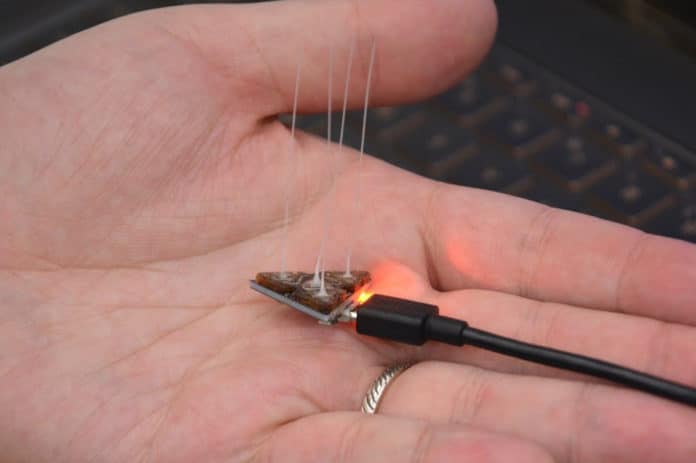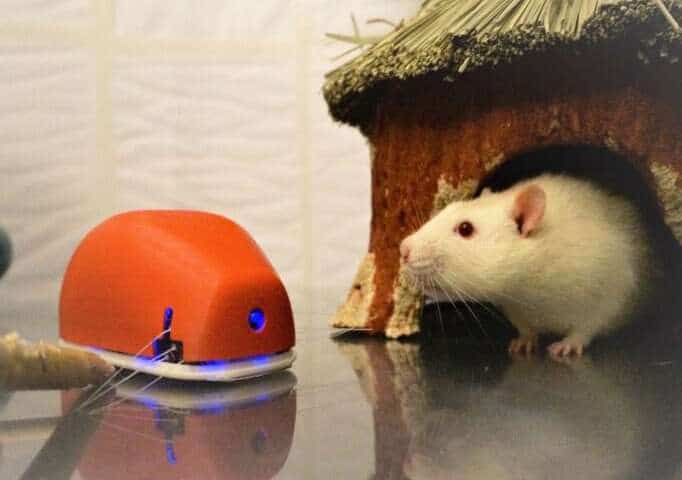All mammals (apart from humans and some primates) of all sizes and shapes possess whiskers of some sort. Animals can use their whiskers to detect objects that they come into direct contact with, as well as to sense fluid flows (like moving air or water) around them, and they work even if it’s dark or foggy, or smoky.
This similar concept can be used in drones and robots. But there is little emphasis on adding whiskers to robots, as lidars and cameras offer more useful data over a longer range. And it’s perfectly fine for the large drone as they can carry a higher payload if you can afford this equipment. But for very small and cheap drones, it doesn’t make sense to invest in sophisticated sensing and computing.
So by following nature’s examples, engineers at the University of Queensland have developed a whisker sensing system for drones and robots that allows machines to sense and navigate in their surroundings just as animals do. These tiny, affordable, and super sensitive whiskers could help drones detect and respond to minute forces such as from the motion of air, even able to measure human breath from half a meter away.
The whiskers are long slender fiber ‘hairs’ made from the same plastic material that 3D printer extruders use, which is heated up and then drawn out into long thin fibers. These whiskers are then attached to small force-transmitting plates that are glued onto a miniature tripod of pressure sensors.
Dr. Pounds said the assembly of the hardware is simple and affordable, with the total cost coming to $30, and the weight is just over 1.5 grams.
The whisker array is surprisingly sensitive; it can detect tip loads as low as 0.33 milligrams. It can detect the air pressure change that occurs near a wall. That means if the drone is moving slowly enough, it can alter its course before a collision. If a collision is unavoidable, it can attempt to take other steps to protect itself, like cutting power to its motors.
“They can be used to measure fluid velocity, as well as to detect the bow-wave of oncoming air of an approaching object before it actually touches the whiskers,” Dr. Pounds said. “You can use the whiskers anywhere you want to measure force, like in machining applications, in industrial fabrication, in medicine, in marine systems, in aerospace – the possibilities are endless.”
The team has used their whiskers on a robot rat called iRat, which is used to help the study of rodent psychology and neurology.

